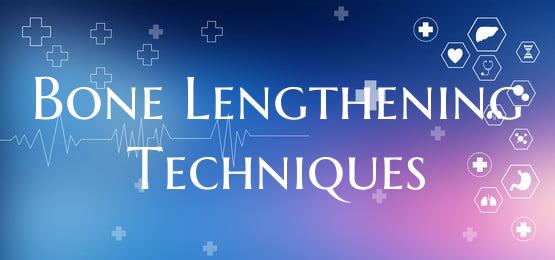
Bone Lengthening Techniques
In the field of orthopedic surgery, bone lengthening techniques are advanced procedures that are utilized to correct limb length discrepancies, treat certain orthopedic conditions, and in some cases, enhance stature. These techniques have evolved significantly over the years, offering safer and more effective solutions for patients seeking to address bone deformities or deficiencies.
One of the primary methods used in bone lengthening is the Ilizarov technique, named after the Soviet orthopedic surgeon Dr. Gavriil Ilizarov. This technique involves the use of an external fixator device that is attached to the affected bone. By carefully adjusting the device at specific intervals, controlled tension is applied to the bone, encouraging new bone growth in the gap created. This gradual process allows for both bone and soft tissue to adjust and grow simultaneously, reducing the risk of complications.
Another common bone lengthening technique is the distraction osteogenesis method. This approach involves surgically creating a controlled fracture in the bone and gradually distracting the two bone segments apart using an internal or external device. As the bone heals, new bone tissue forms in the gap, resulting in lengthening of the bone. This technique is often used for lengthening the limbs in cases of limb length inequality, congenital abnormalities, or traumatic injuries.
Advanced imaging technologies such as computer-assisted planning and 3D printing have revolutionized bone lengthening techniques by enhancing precision and accuracy. Surgeons can now create custom-made implants and models based on a patient's unique anatomy, allowing for a more tailored and effective treatment approach.
While bone lengthening techniques offer promising outcomes, it is essential for patients to undergo thorough evaluation and consultation with a specialized orthopedic surgeon to determine the most suitable treatment plan. Post-operative rehabilitation and ongoing monitoring are critical to ensure successful outcomes and minimize potential complications.
In conclusion, bone lengthening techniques have significantly improved the quality of life for many individuals with limb deformities or length inequalities. With ongoing advancements in technology and surgical expertise, these techniques continue to offer hope for patients seeking to achieve improved limb function, aesthetics, and overall well-being.